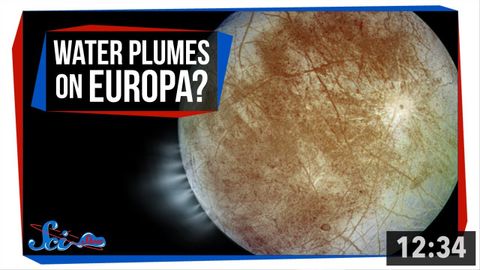エウロパで水蒸気を検出...20 年前 (We Detected Water Plumes on Europa... 20 Years Ago)
林宜悉 が 2021 年 01 月 14 日 に投稿  この条件に一致する単語はありません
この条件に一致する単語はありませんUS /ˈɛpɪˌsod/
・
UK /'epɪsəʊd/
US / dɪˈbet/
・
UK /dɪ'beɪt/
- n. (c./u.)討論;討論
- v.t./i.熟慮する;討論する
US /ˈɛvɪdəns/
・
UK /'evɪdəns/
US /ˈprɛzəns/
・
UK /ˈprezns/
- n.~のいる(存在する)所;存在すること;臨在;振る舞い;出席者;影響力;高音域
エネルギーを使用
すべての単語を解除
発音・解説・フィルター機能を解除

